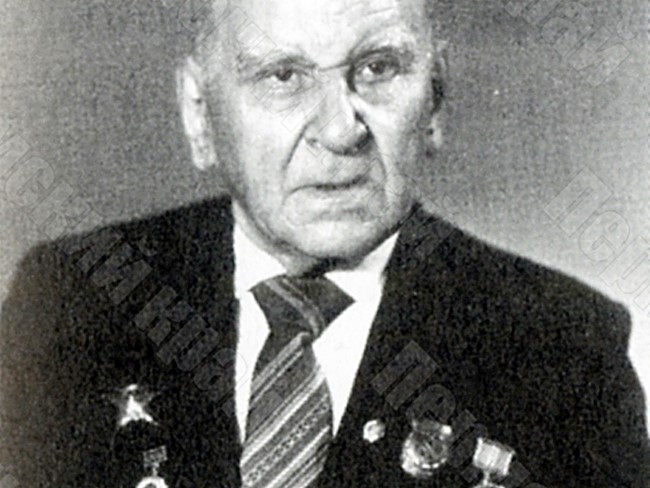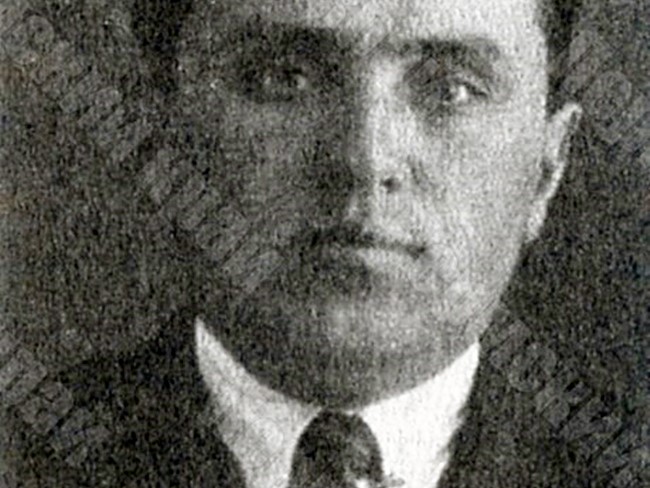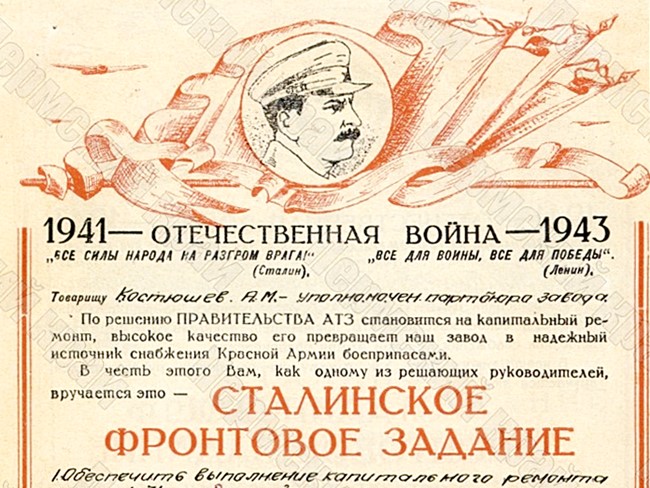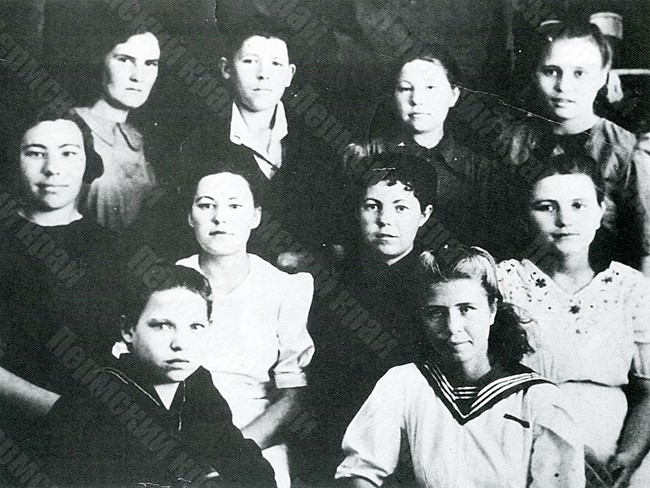Berezniki Potash Combine
The plant was built in the City of Berezniki in 1929-1932. During the Great Patriotic War, the plant produced cobalt hydroxide, which was used in the manufacture of armored vehicles and artillery pieces; nitric acid, which was used in the manufacture of explosives; potassium and sodium nitrate, which was used in the production of gunpowder and combustible mixtures; oil of vitriol, synthetic ammonia and ammonium nitrate, which were also used for the production of ammunition. In total, in the period of 1941-1945, the Berezniki Nitrogen Fertilizer Plant supplied production sufficient for the manufacture of more than 30,000,000 artillery shells and more than 250,000 heavy air bombs.
In 1943, at the Berezniki Nitrogen Fertilizer Plant a fundraising campaign was held for the construction of aircraft of the Berezniki Nitrogenist aviation squadron, as a result of which 371,728 rubles were collected. For their successful work during the war, most of the employees of the Berezniki Nitrogen Fertilizer Plant were given state government awards.
The directors of the Berezniki Nitrogen Fertilizer Plant during World War II were Abram Lifshits and Vladimir Uvarov.
The chief engineers of the Berezniki Nitrogen Fertilizer Plant during the Great Patriotic War were Grigoriy Mishenkov and Abram Lifshits.



